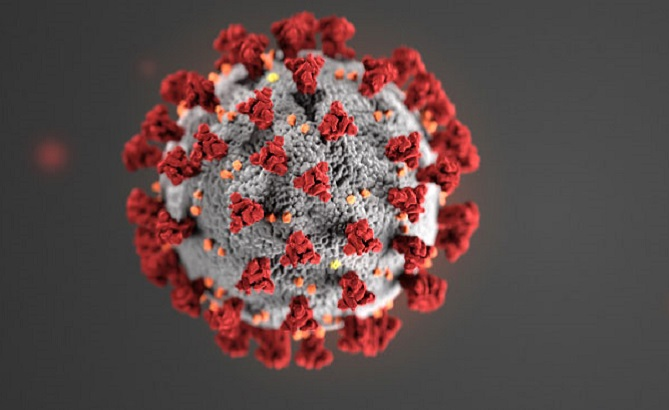Swissquote Bank: Equities up on possible discovery of coronavirus drug and talks of end of lockdown
Swissquote Bank: Equities up on possible discovery of coronavirus drug and talks of end of lockdown

By Ipek Ozkardeskaya, Senior Analyst at Swissquote Bank
The sell-off in US and European markets lost pace despite less than ideal economic data, with major indices closing the day on a positive note. Nasdaq (+1.66%) stood out again, as demand in technology stocks remained strong. Biotech jumped 4.4% in after-trading hours, as Gilead, an American biotech company, said it may have found an efficient drug to treat coronavirus.
On the data deck, news was mixed. Additional 5 million Americans applied for jobless claims last week, but the latest number was a touch less than expected and lower than the past weeks’. The Philly Fed manufacturing index on the other hand tanked to a rock-bottom low, hinting that the business sentiment is clearly deteriorating, and the data will certainly get worse in April before it starts getting better.
In Japan, the industrial production unexpectedly declined 0.3% in February.
The most-dreaded Chinese GDP came in at -6.8% in the first quarter, a first contraction on record since data collection began in 1992. The expectation was a 6.2% contraction, versus a 6% advance in the fourth quarter of last year.
Now, of course, if we compare this number with the expectation of over 30% slump in developed economies following a similar shutdown and confinement period, it is possible that there may have been some adjustment on data, and the data doesn’t reflect the real extent of the economic calamity.
Other data showed that the slump in Chinese retail sales didn’t improve as much as expected in March, down from -20.5% to -15.8% versus -10% penciled; the fixed asset investment fell 16.1% y-o-y against -15.0% forecasted by analysts and -24.5% printed a month earlier. But, the contraction in the industrial production was only 1.1% in March, versus-7.3% expected by analysts and -13.5% printed month earlier, meaning that the Chinese production picked up at a better-than-expected speed, which is little surprising for Xi’s ambitious economy.
Both ways, investors are happy with the latest Chinese data, and Asian markets are up with CSI 300 (+1.23%), Shanghai’s Composite (+0.89%) and Hang Seng (+2.31%) preparing to close the week in the green.
The US dollar climbed above the 100 mark on Thursday, then eased below this level with improved global risk appetite. Meanwhile US treasuries remained bid and the US 10-year yield settled below the 0.70% level.
Gold retraced to $1700 per oz.
WTI crude traded a touch below the $20 a barrel, while Brent consolidated near $28.
Talks of potential wind down of the current economic lockdown in some places including US and European nations are somewhat supportive of the sentiment, but the volatility is high, and the predictability limited. With no major corporate earnings on the calendar today, the positive mood should accompany investors to the weekly closing bell.
Activity in FTSE (+2.80%) and Eurostoxx (+3.16%) futures hint at a solid positive start on Friday.
In the currencies, the EURUSD rebounded from 1.0816 on Thursday and could extend gains past the 1.09 mark later in the session. Due today, the Eurozone final CPI should confirm a decline to 0.7% in March, but investors stand ready to see a softer figure due to the historic fall in oil prices.
The USDJPY settles a touch below the 108 mark, as improved appetite and soft Japanese data weigh on the yen this morning.
Speaking of lockdown, the UK is not part of nations preparing to cough to life. British businesses will remain closed for another three-week period and the British energy stocks will likely remain under the shadow of depressed oil.
Cable trades a touch below the 1.25 mark on the back of a harder Brexit stance after British officials said that there will be no extension in the Brexit deadline nor the UK will accept a EU proposal to postpone negotiations, to avoid a prolonged period of uncertainty for businesses. The risk is that British businesses will then need to face back-to-back economic shocks. They may not have enough time to lick the coronavirus wounds that they will need to combat a major Brexit-led shake to the economy. Hence, the outlook for the pound remains negative. Advances to and above the 1.2720 mark (the 200-dma) could be interesting top selling opportunities for a medium-term bearish view.
